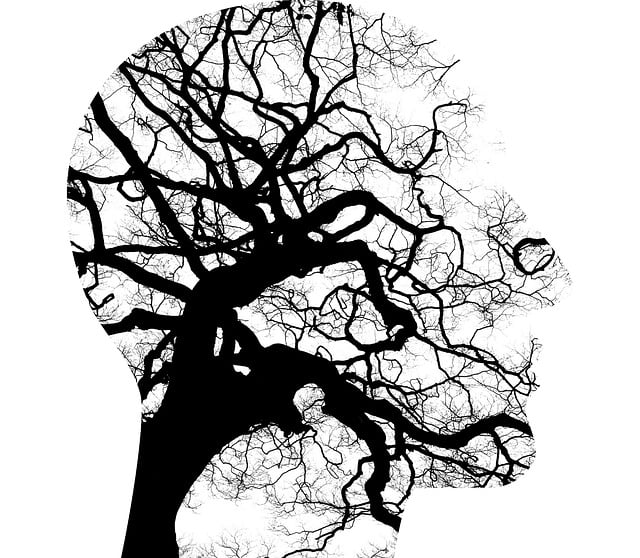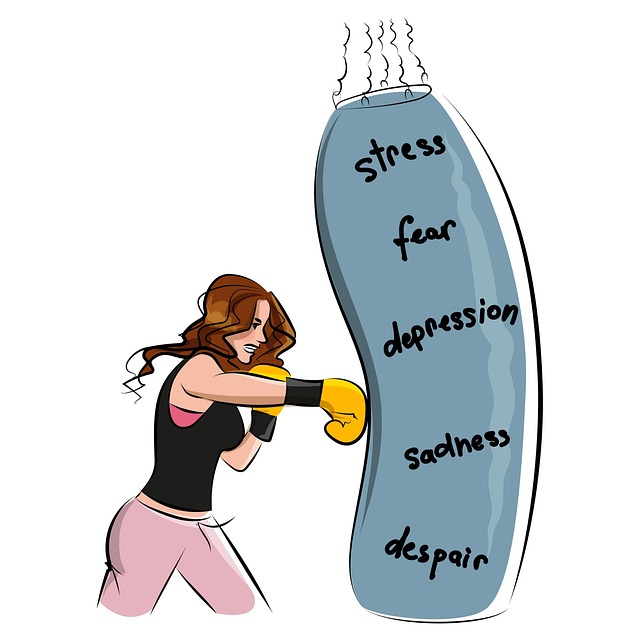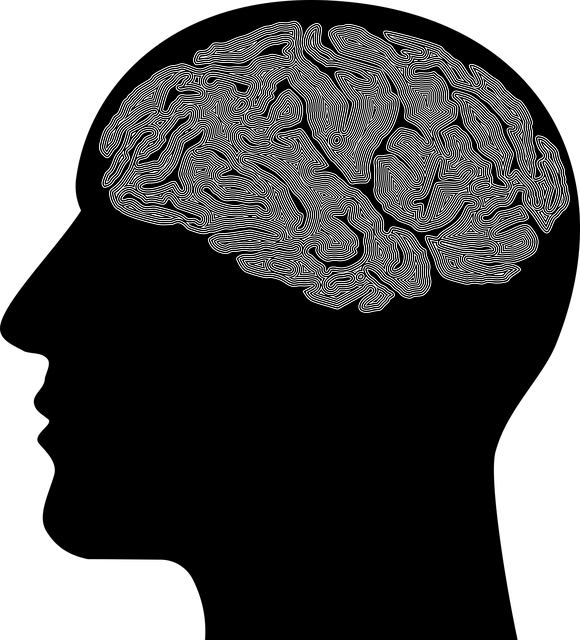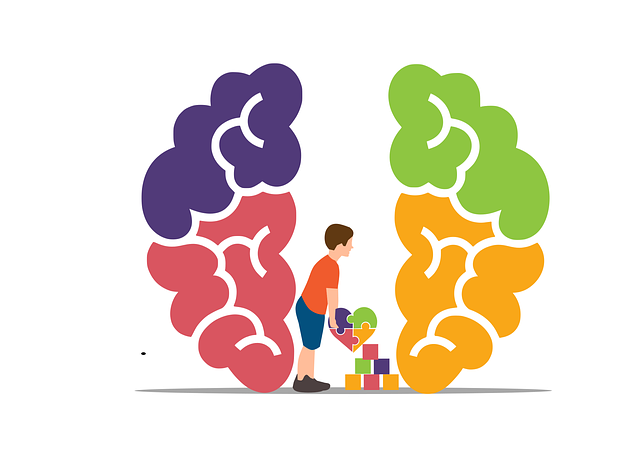Mental wellness programs focusing on employee emotional support and resilience are vital for tackling workplace issues and job stress in Wheat Ridge. These programs employ evidence-based strategies like communication and emotional regulation techniques, tailored education on mental health literacy, and self-care practices. Effective evaluation methods, combining quantitative data from structured questionnaires with qualitative insights from focus groups or interviews, assess program success by tracking improvements in job satisfaction, productivity, and organizational success. Employee feedback through anonymous surveys and interviews is crucial for continuous improvement, tailoring interventions, reducing Mental Illness Stigma, and enhancing risk management planning, ultimately fostering healthier work environments.
In today’s fast-paced work environment, mental wellness programs are crucial in addressing Wheat Ridge workplace issues and job stress therapy. This article delves into evaluating these programs’ effectiveness through diverse methods. We explore understanding mental wellness initiatives and their impact on employee well-being, employing evaluation tools to measure success, assessing employee feedback and satisfaction, and leveraging data analysis for continuous improvement strategies. By implementing these approaches, organizations can enhance their mental health support systems.
- Understanding Mental Wellness Programs and Their Impact
- Evaluation Methods: Tools for Measuring Effectiveness
- Assessing Employee Feedback and Satisfaction
- Data Analysis and Continuous Improvement Strategies
Understanding Mental Wellness Programs and Their Impact

Mental wellness programs play a pivotal role in addressing various workplace issues and job stress within organizations. These initiatives are designed to support employees’ emotional well-being, enhance resilience, and promote a healthy work environment. By integrating evidence-based practices, such as communication strategies and emotional regulation techniques, these programs aim to mitigate the negative impact of stress on both individuals and teams.
Effective mental wellness programs often incorporate tailored education components, focusing on improving mental health literacy. This includes teaching employees about common workplace stressors, coping mechanisms, and self-care practices. Well-designed mental health education programs empower individuals to manage their emotional responses, fostering a sense of agency in dealing with Wheat Ridge workplace issues and job stress. These initiatives ultimately contribute to improved job satisfaction, productivity, and overall organizational success.
Evaluation Methods: Tools for Measuring Effectiveness

Evaluation methods play a pivotal role in understanding the effectiveness of mental wellness programs, particularly when addressing workplace issues and job stress within organizations. One crucial tool is self-report measures, where participants assess their mental health and well-being through structured questionnaires. These can gauge improvements in symptoms, such as reduced anxiety or depression, enhanced coping skills development, and better stress management strategies.
Additionally, organizational assessments like the Wheat Ridge Workplace Issues and Job Stress Therapy model can be employed to evaluate program success. This involves analyzing changes in workplace dynamics, employee engagement, and job satisfaction over time. Integrating these evaluations with qualitative data from focus groups or interviews provides a comprehensive view of the program’s impact. Further, risk assessment for mental health professionals is essential to ensure safe and effective practice, identifying potential risks and implementing strategies to mitigate them.
Assessing Employee Feedback and Satisfaction

Employee feedback is a vital component of evaluating any mental wellness program in the workplace. By gathering insights from staff members, organizations can gain a deeper understanding of the impact and effectiveness of their initiatives. This feedback process should be structured to encourage open communication about Wheat Ridge Workplace Issues and Job Stress Therapy. It involves distributing anonymous surveys to assess employee satisfaction levels, the perceived benefits of the program, and areas that require improvement.
Additionally, one-on-one interviews or focus groups can offer qualitative data, allowing employees to share their experiences, suggest changes, and discuss any challenges they face in accessing mental health support. These methods, when combined, provide a comprehensive view of employee well-being, ensuring that mental wellness programs are tailored to meet the unique needs of the workforce while also addressing potential Mental Illness Stigma Reduction Efforts. Effective feedback mechanisms can further guide Risk Management Planning for Mental Health Professionals, fostering an environment that prioritizes Self-Care Practices and overall job satisfaction.
Data Analysis and Continuous Improvement Strategies

Effective mental wellness program evaluation involves rigorous data analysis to measure the impact and identify areas for improvement. By utilizing various qualitative and quantitative methods, organizations can gain insights into employee experiences, satisfaction levels, and the overall effectiveness of their programs. This includes surveys, focus groups, and one-on-one interviews, which provide a comprehensive understanding of Wheat Ridge Workplace Issues and Job Stress Therapy. Through these data collection techniques, employers can uncover specific challenges employees face, such as high stress levels, conflict resolution issues, or depression prevention concerns, allowing them to tailor interventions accordingly.
Continuous improvement strategies are integral to ensuring the long-term success of mental wellness initiatives. By analyzing the gathered data, organizations can implement targeted changes and introduce innovative solutions. For instance, they might incorporate Empathy Building Strategies into team-building activities, enhance Conflict Resolution Techniques through specialized training, or design tailored support systems for at-risk individuals. This iterative process enables businesses to stay agile, adapt to evolving employee needs, and foster a healthier, more productive work environment.
Mental wellness programs, such as those addressing Wheat Ridge workplace issues and job stress therapy, are essential components of modern employee well-being. By employing robust evaluation methods that include assessing feedback, satisfaction, and data analysis, organizations can ensure these programs are effective and tailored to their workforce’s unique needs. Continuous improvement strategies, grounded in these evaluations, enable businesses to create healthier, more productive work environments. This multi-faceted approach not only enhances individual mental wellness but also drives organizational success.











